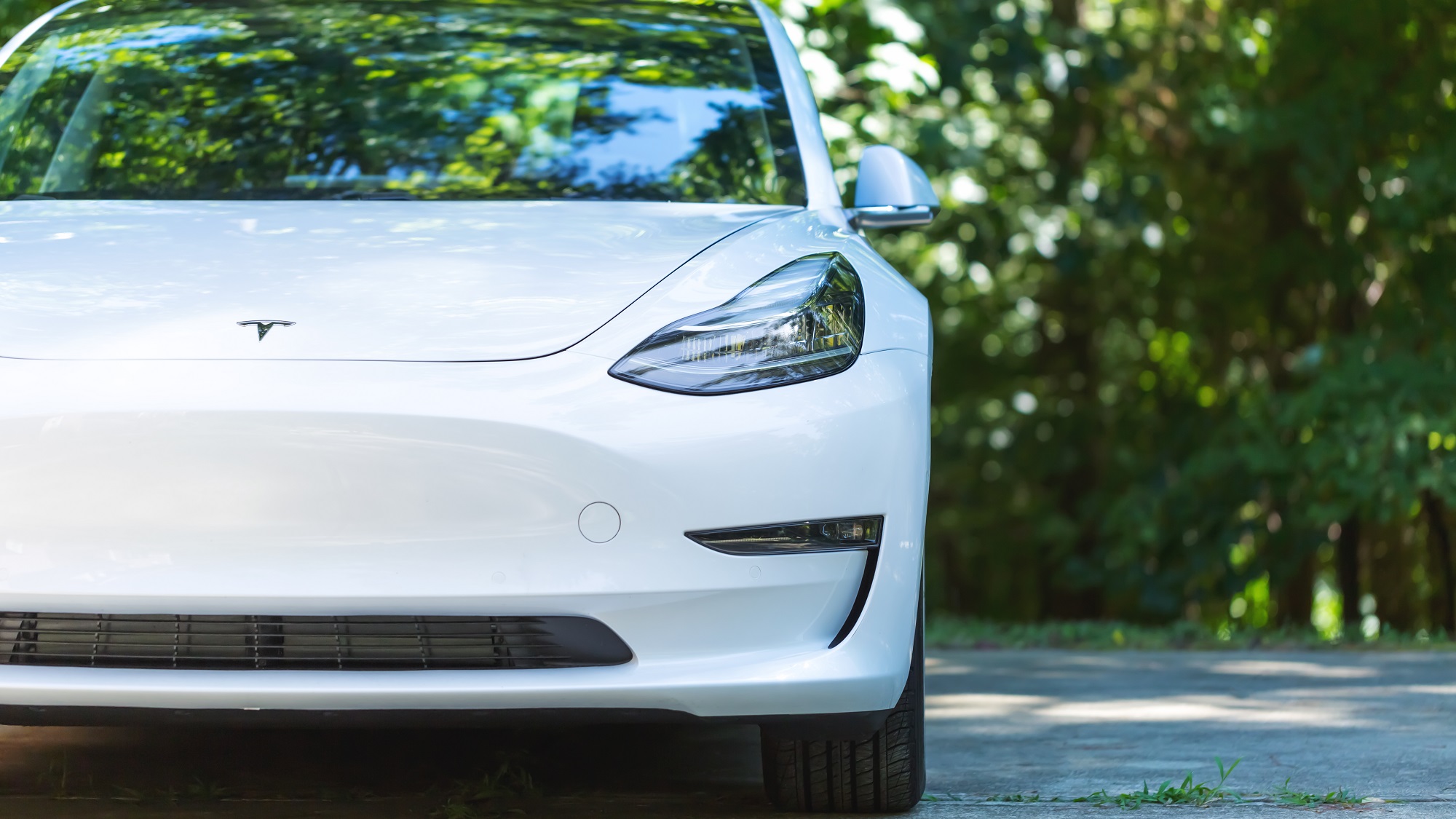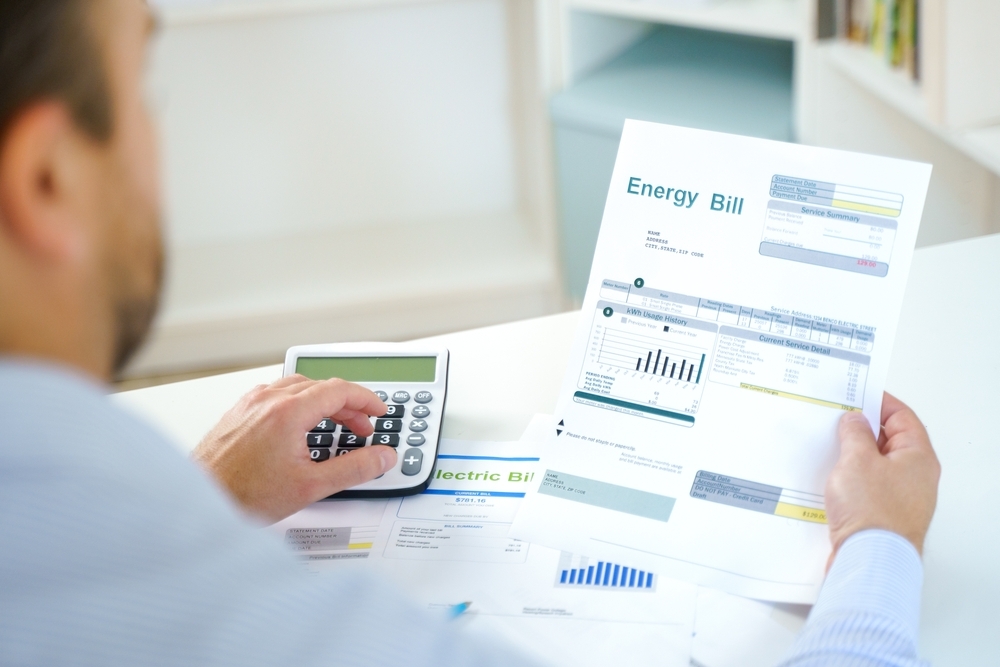3 things everyone should know before buying an EV
Don't overlook these things if you want to save money

Gas is expensive. You know it, I feel it. Driving back home from running errands over the weekend, I quickly glanced at the cost of unleaded regular gasoline at the nearest gas station closest to my home — it was $3.27 per gallon. That was slightly higher than the previous week, but I didn’t think it was that obnoxious because it was only a few cents more.
Well, that wasn’t until I drove past it the following night. I took a photo of the sign because I couldn’t believe what I saw. The sign showed it was now $3.45 per gallon, which is a whopping $0.18 increase in just a single day. I understand that summer’s start is nearing, a time when gas prices surge the closer we get to Memorial Day, but we’re still a good ways away from it.
I know what you’re thinking: it’s clearly an incentive for potential car shoppers to choose an electric vehicle as their next purchase. But before you push forward with an EV, there are things you should be aware of — so you’re not shell shocked about what could happen on your first long distance driving.
All of these tips will ultimately save you money in the long run if you intend on buying any one of the best electric cars around.
Better charging efficiency at lower battery levels

After test driving a Ford F150 Lightning for a weekend, I instantly got to know the finer details about driving an EV. For starters, I didn’t realize it wasn’t cost effective to charge an EV if the battery is over 50% because the best charging efficiency is when the battery is at a lower level. Therefore, you’ll have greater charging gains with the battery while taking up less time to charge — much like how the best phones charge insanely fast closer to 0% than above 50%.
That’s why I explained how charging stations are most useful to EV drivers if they’re in a pinch, or planning to do some long distance driving for work or vacation. It’s more wasteful to charge the battery at a station when the capacity is over 50% because the gains are minimal for the amount of time you’re charging.
Charge at home wherever possible

One of the biggest reasons why consumers are looking at electric vehicles is the potential to save them more money in the long term. Frankly, the cost to charge an EV is much cheaper than filling up a car with gas. It’s made more poignant in a 2018 study by University of Michigan’s Transportation Research Institute, which reported that the average cost to fuel a gas powered vehicle was $1,117 a year — versus the $485 a year cost to charge an EV.
Sign up to get the BEST of Tom's Guide direct to your inbox.
Get instant access to breaking news, the hottest reviews, great deals and helpful tips.
Most of the savings come from charging an EV at home, seeing that you’re not paying the higher rates at charging stations. However, the one oversight that new EV owners often forget is that this takes much longer to charge the car’s battery — unless they invest in properly installing a Level 2 or 3 EV charger by a certified electrician.
I’ve talked to many EV owners who are more than content with the standard Level 1 charging they use, mainly because of the convenience of simply plugging it into any ordinary 120V outlet. Even with the slower charging rate of Level 1, EV owners will reap the benefits of saving money in the long run over fueling up on gas.
Know your peak times

This is yet another tip that people often neglect because they think it doesn’t matter when they charge their EVs at home. Contrary to popular belief, it does matter because just like gasoline, the cost of electricity is contingent on several factors — with one of them being when you charge.
Electric companies charge different rates depending on the time of the day, along with different rates for all the seasons. Much like the tips you’ll find with saving on your energy bills, you could save more by charging an electric vehicle at night — when the rate is much cheaper. This is because electric companies charge less during off-peak hours because the demand on the power grid is less.
Some power companies even offer additional savings through various EV charging programs they might offer. For example, PSEG (Public Service Enterprise Group) in New Jersey has an EV charging program that will provide off-peak charging credit for customers — while JCP&L (Jersey Central Power & Lighting) has a similar one with a discount to install a faster Level 2 EV charger.
More from Tom's Guide

John’s a senior editor covering phones for Tom’s Guide. He’s no stranger in this area having covered mobile phones and gadgets since 2008 when he started his career. On top of his editor duties, he’s a seasoned videographer being in front and behind the camera producing YouTube videos. Previously, he held editor roles with PhoneArena, Android Authority, Digital Trends, and SPY. Outside of tech, he enjoys producing mini documentaries and fun social clips for small businesses, enjoying the beach life at the Jersey Shore, and recently becoming a first time homeowner.
-
random_nobody Your first point is somewhat misleading. While it is in fact faster to charge a more depleted battery, it is not materially more energy efficient. So, it is more time efficient, but it take the same amount of power to gain x% charge. Cost efficiency is not affected if you are paying by the kwh delivered. The tangible aspect of this is that when planning a long trip, it is better to arrive with a low charge, then take on only enough power to make it to next stop with a buffer. Makes for a net savings on travel time.Reply
